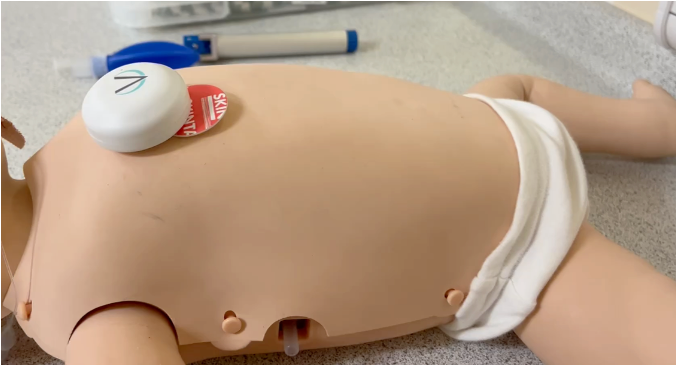European PACS market predicted to double
- 25 August 2010
The value of the European picture archiving and communications system market is predicted to double over the next six years, driven by demand for radiology information systems.
New analysis from Frost and Sullivan has found that the market was valued at €535m ($679m) in 2009 and estimates that this will reach €1,065m ($1,353m) in 2016.
While the uptake of PACS in European hospitals is 80%, the RIS systems that drive PACS have only reached a penetration level of about 41%.
The report says many hospitals are reluctant to install a new RIS because of the complications associated with training a large group of staff, as well as concerns over data migration and security.
However, with the third generation of PACS installations currently underway in many organisations, hospitals have realised the importance of investing in a modern RIS.
Frost and Sullivan says that hospitals are also recognising the need to purchase RIS and PACS from the same vendor to reduce operational costs.
“Expanding regulatory initiatives of DICOM and HL7 will make the home grown RIS solution obsolete, thereby boosting RIS installations from prominent vendors,” notes Frost and Sullivan programme manager Eramangalath Sujith.
Old RIS modules are unidirectional systems incapable of driving PACS modules. Unidirectional systems will also lead to unnecessary duplication of data, thereby adding to the operational cost of hospitals.
Sujith states that modern RIS and PACS installations will ensure a single-point desktop access to radiology information and digitised images. This will support enhanced productivity.
He adds that the major challenge faced by the RIS/PACS industry is related to people. Hospital staff have been used to legacy RIS modules that have existed for more than 20 years.
“RIS systems used to cost as much as PACS systems about five to six years ago,” explains Sujith. “European hospitals allocated budgets only for PACS purchase and not for RIS.”
As most RIS and PACS modules are sold separately, hospitals can save between 10-20% of the total price on their initial RIS/PACS installation. An even more important criterion promoting system adoption is the prospect of reduced operational cost during the long term.
“Vendors for RIS and PACS modules should justify faster return on investments to clients through the purchase of both modules as a combined package,” advises Sujith.




